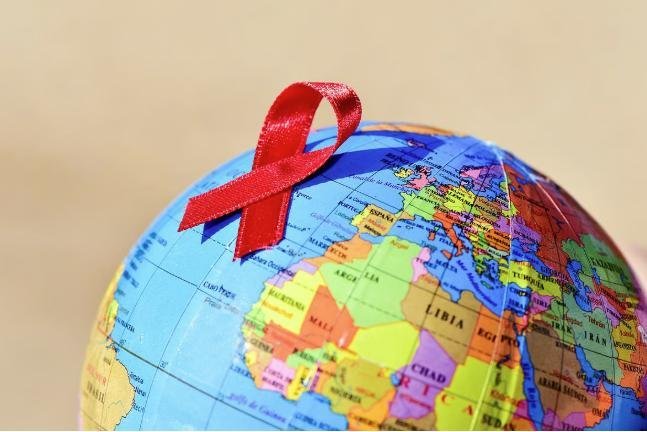Foreign aid for HIV prevention continues to be one of the most vital tools in the global fight against HIV and AIDS. This support, often from high-income countries, provides financial, medical, and strategic assistance to help lower-income nations prevent the spread of HIV. The aid is used to improve healthcare systems, increase access to life-saving drugs, promote public education, and reduce the stigma around HIV.
One of the largest contributors to this global effort is the United States through its program called the President’s Emergency Plan for AIDS Relief, or PEPFAR. Launched in 2003, PEPFAR has spent over $110 billion to combat HIV in more than 50 countries, mostly in sub-Saharan Africa. The program supports a wide range of services, including HIV testing, access to pre-exposure prophylaxis (PrEP), and mother-to-child transmission prevention. These efforts have helped reduce new HIV infections and improve the health of millions of people.
Another key player in foreign aid for HIV prevention is the Global Fund to Fight AIDS, Tuberculosis and Malaria. This organization has provided over $55 billion since 2002 to help countries strengthen their health systems and expand access to HIV prevention services. The Global Fund works closely with local governments and communities to ensure that programs reach people who are most at risk, such as sex workers, men who have sex with men, and people who inject drugs.
UNAIDS, the Joint United Nations Programme on HIV/AIDS, also plays an important role. While it does not provide direct funding, UNAIDS helps coordinate international efforts, provides technical support, and aligns donor funding with local plans. European nations, including the United Kingdom, Germany, and France, also contribute significant amounts through bilateral aid programs and multilateral channels like the Global Fund.
Foreign aid for HIV prevention focuses on several key areas. One of the most important is access to medications. Donor funding makes it possible for people in low-income countries to receive antiretroviral therapy (ART) and PrEP, which are essential for preventing and treating HIV. The aid also supports public education campaigns to teach people how HIV spreads and how they can protect themselves. This includes distributing condoms, promoting safer sex practices, and reducing the stigma that often surrounds the virus.
Mobile clinics and HIV testing programs are another focus. These services help identify new cases early, link people to care, and prevent further transmission. Aid also supports prevention of mother-to-child transmission by providing pregnant women with medication that protects their babies from being infected.
Despite its success, foreign aid for HIV prevention faces serious challenges. Funding cuts are one of the biggest threats. Some countries, including the U.S., have seen debates over whether to reduce their support for programs like PEPFAR. Economic pressures, inflation, and conflicts in other parts of the world have also led to shifts in how aid money is spent. As a result, HIV programs may receive less attention and fewer resources.
Another challenge is stigma. In many places, people who are most at risk for HIV still face discrimination. Even when programs are available, fear of being judged or criminalized can stop people from seeking help. Donor-funded programs often work to address these issues, but the problem remains a barrier to effective prevention.
The future of foreign aid for HIV prevention is likely to include newer technologies and approaches. One area of focus is long-acting prevention methods, such as injectable PrEP, including a recently approved drug called lenacapavir. These new options offer protection for up to six months and may be easier for people to use than daily pills. Donors are expected to shift funding toward these innovations as they become available.
There is also growing support for integrating HIV services into broader healthcare systems. This means combining HIV prevention with reproductive health, maternal care, and other services to create a more efficient and sustainable approach. International donors are working with countries to help them eventually fund and manage their own programs, reducing the need for long-term aid.
Foreign aid for HIV prevention has helped save millions of lives, slow the spread of HIV, and strengthen global health systems. While challenges remain, continued support and innovation are essential to ensure that progress is not lost and that more people can live free from the threat of HIV.







